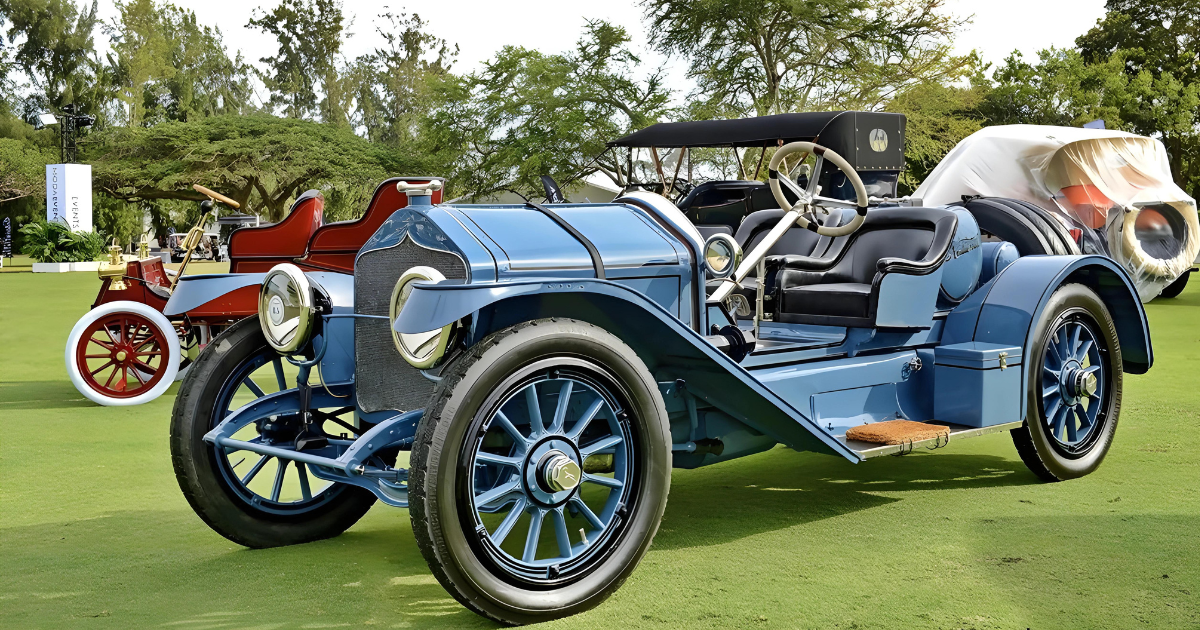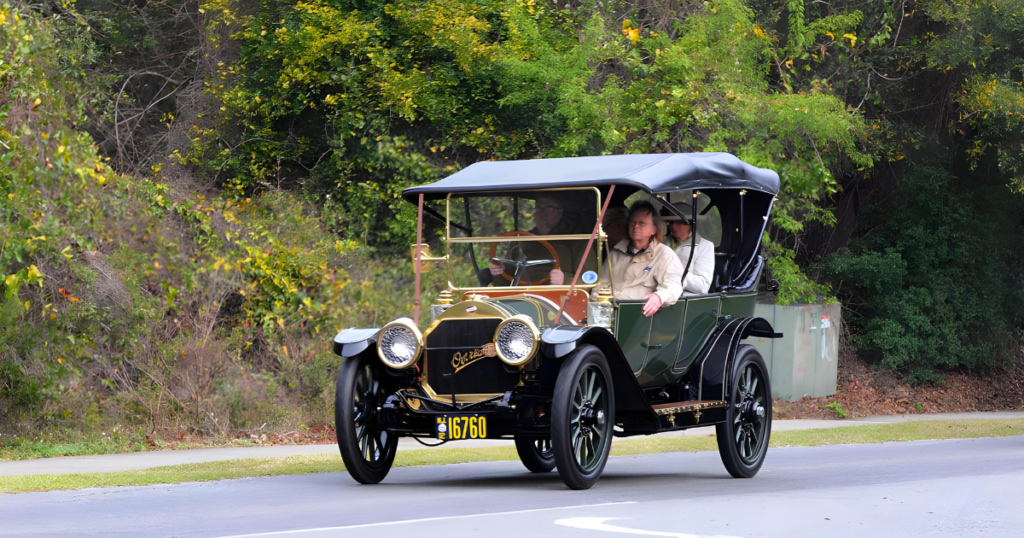
By 1912, the Overland automobile had firmly established itself as a significant player in the burgeoning American automotive industry, trailing only behind Ford and Buick in terms of sales. The company’s rise was swift and impressive; in 1913, Overland climbed to the second spot and maintained that position until the mid-1920s. This ascent was due in large part to models like the 1912 Overland Model 61, which exemplified the brand’s commitment to quality, performance, and value.
The 1912 Overland Model 61 was a flagship vehicle that highlighted the brand’s engineering prowess and attention to detail. As the largest model produced by Overland at the time, it featured a robust 45-horsepower engine with five main bearings, providing greater stability and durability. This reduced wear and tear and ensured smoother operation over long distances. The engine was paired with a three-speed sliding-gear transmission, a sophisticated mechanism for its time, allowing for smoother and more reliable shifting compared to earlier designs.
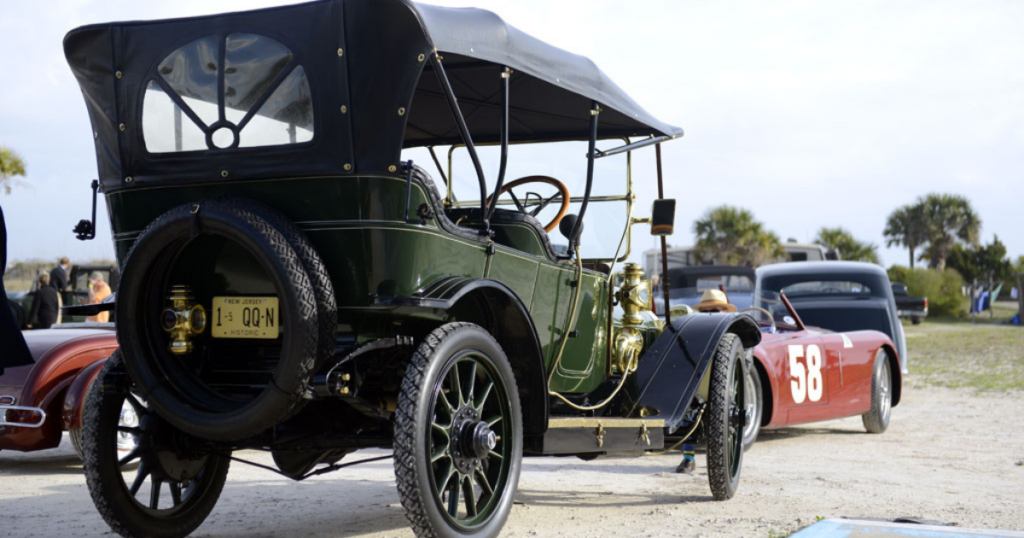
Riding on a substantial 115-inch wheelbase, the Model 61 offered a spacious and comfortable ride, which was a key selling point for the vehicle. The extended wheelbase not only contributed to a smoother ride by better absorbing road imperfections but also provided ample space for passengers, making it an ideal choice for families and long-distance travelers. The car’s design balanced elegance with practicality, featuring a stylish body that was both aesthetically pleasing and functional.
In 1912, the Overland Model 61 was priced at $1,500, a considerable sum at the time, but one that reflected the vehicle’s advanced features and high-quality construction. Despite the cost, the Model 61 was popular among consumers who valued its blend of performance, durability, and comfort. Overland’s ability to offer such a compelling package at a competitive price helped it gain a strong foothold in the market, contributing to its impressive sales figures.
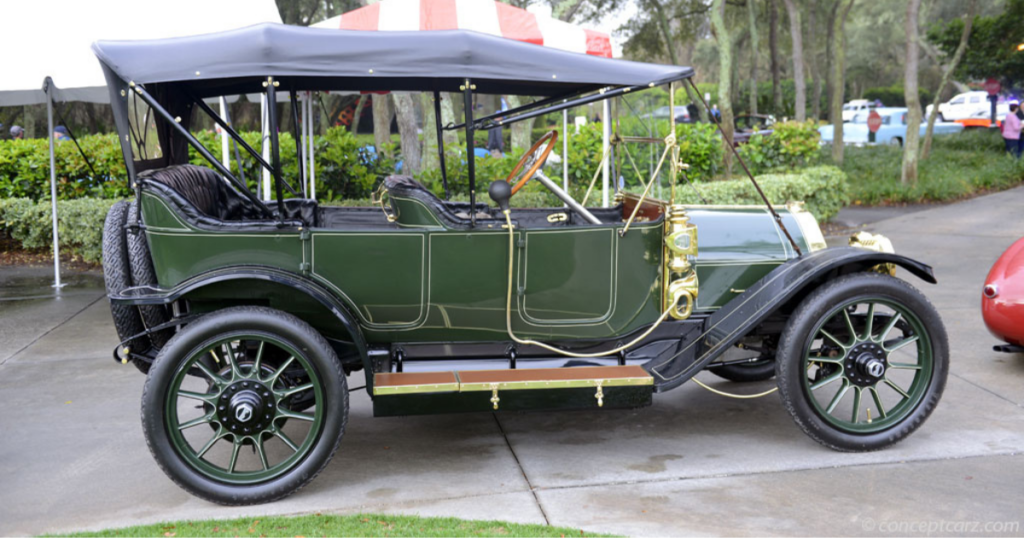
The restoration of this particular 1912 Overland Model 61 is a testament to the dedication and passion of its current owners. The restoration project, which spanned from 1972 to 1975, was a meticulous endeavor aimed at preserving the vehicle’s historical integrity while ensuring it remained functional and aesthetically true to its original design. The effort involved in restoring such a classic vehicle speaks to the cultural and historical value placed on early automobiles by enthusiasts and collectors.
The restored Model 61 not only represents a piece of automotive history but also serves as a tangible link to the early days of the American automotive industry. It exemplifies the ingenuity and craftsmanship that characterized the industry during its formative years. The car’s continued existence and the care it has received highlight the importance of preserving automotive heritage, allowing future generations to appreciate the technological and cultural advancements of the past.
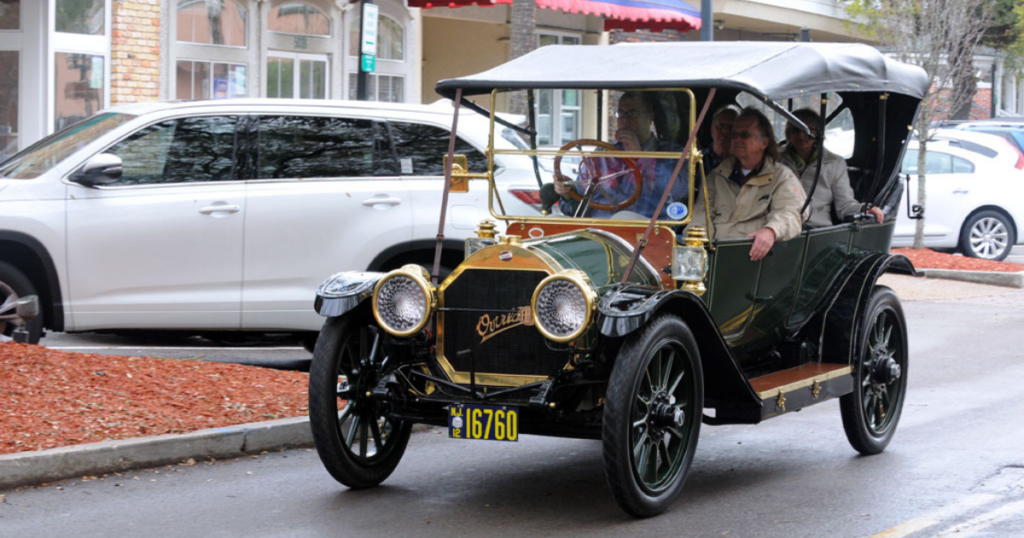
In summary, the 1912 Overland Model 61 stands as a remarkable example of early 20th-century automotive engineering. Its robust design, advanced features, and significant role in Overland’s success story underscore its importance in automotive history. The vehicle’s restoration and preservation by its current owners ensure that this piece of history remains accessible and appreciated, serving as a lasting tribute to Overland’s legacy in the American automotive landscape.



